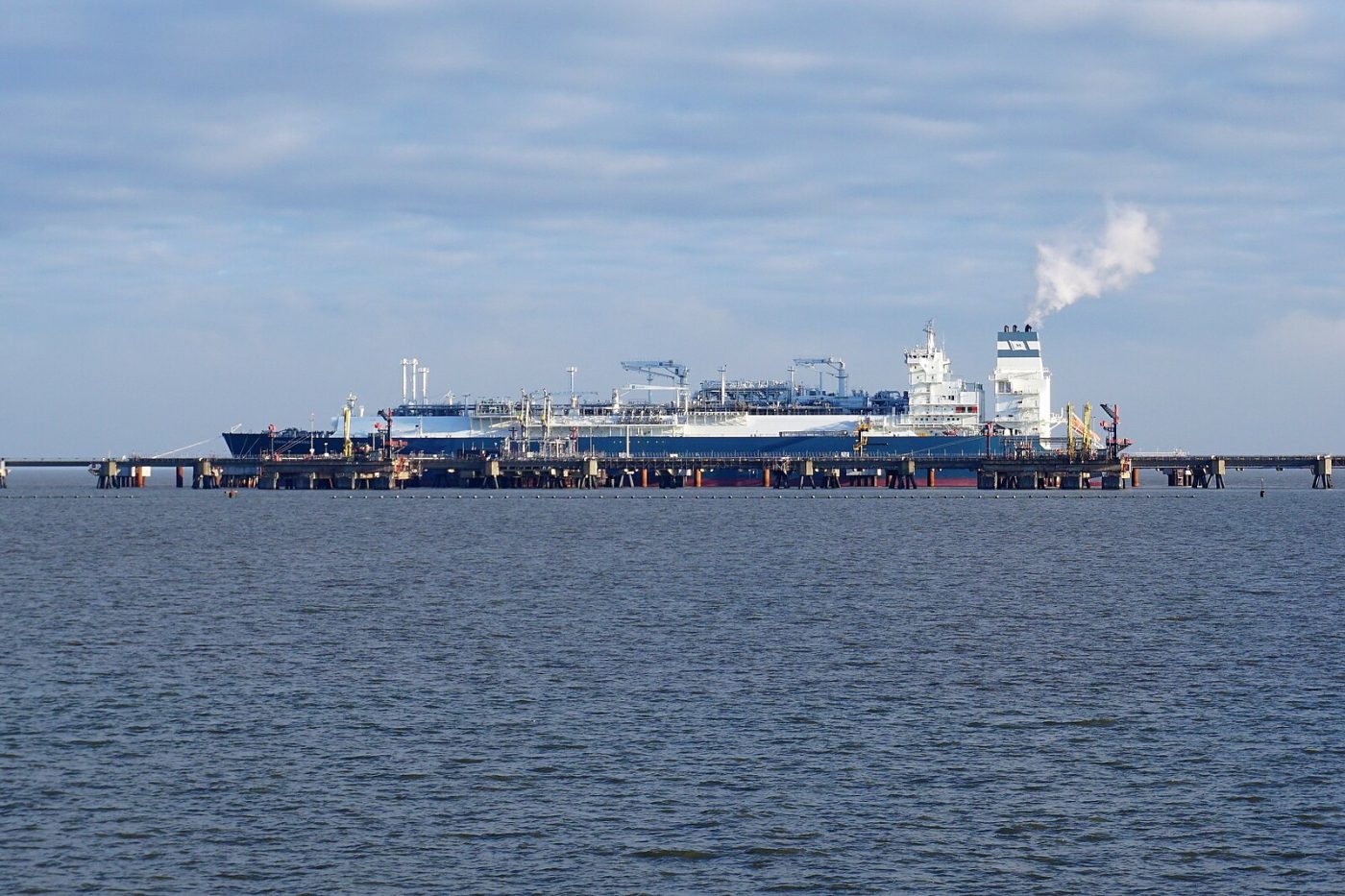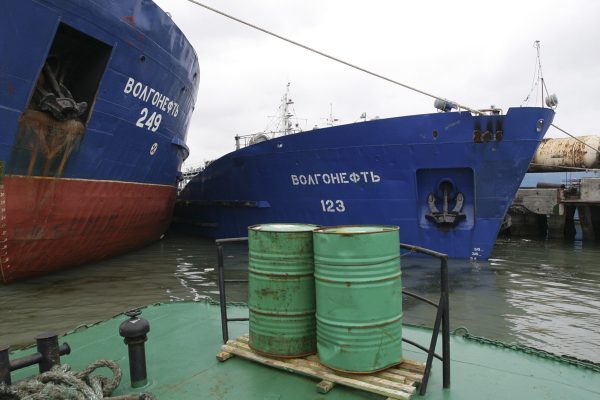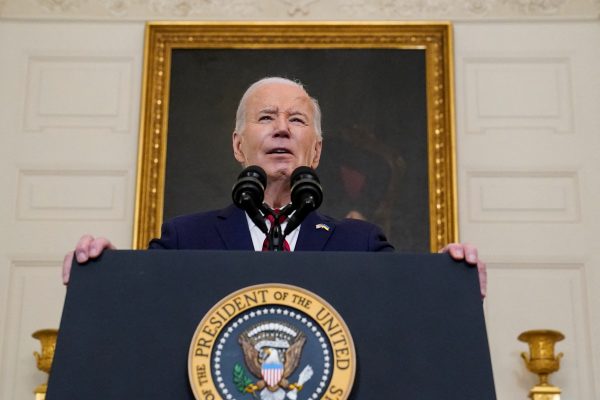It will come as no surprise that Europe’s maritime and offshore energy infrastructure is exposed to a bewildering range of security threats. The Nord Stream pipeline explosions, the warnings from the intelligence community, and the journalistic investigations about suspicious Russian vessels in the Baltic and Northern Seas all underline just how serious the situation is.
There has also been no shortage of public commentary on how urgent action is needed, how vulnerable the infrastructure is, and how grave the potential consequences of attacks against subsea energy infrastructure could be. Russia is known to be mapping undersea infrastructure and has the means to attack it. Yet, amid the clamor, clear instructions on what exactly could be done to mitigate the risks have been lacking.
To remedy that, here are five practical steps that policymakers can pursue right now to strengthen Europe’s maritime and offshore energy infrastructure.
First, it is vital to better understand what happens both on and under the sea. This is because vessels can switch off their Automatic Identification System (AIS) transponders, which makes them virtually invisible to ordinary ship-tracking services. It is therefore critical to invest in tools like satellite imagery, various types of sensors (acoustic, magnetic, etc.), and advanced maritime patrol aircraft to identify those vessels and monitor the seabed in vital areas.
Autonomous underwater vehicles, or AUVs, can also be used to enhance the safety of subsea energy infrastructure. They can be deployed for days or weeks at a time to monitor the integrity of power cables and keep an eye on irregular movements. Governments are already investing (the European Union has set aside almost $100m for this and similar systems), but infrastructure operators also need to chip in. The added bonus of AUVs is that they can also be used for more routine tasks like repairs or support of maintenance functions.
Second, energy infrastructure should be made more resilient and there should be increased physical protection efforts. At the most basic level, this entails having more frequent naval patrols around particularly vulnerable energy objects to deter the aggressor from even attempting an attack. Given the vast size of the areas that have to be protected, it also makes sense to organize patrols not only unilaterally, but also regionally, as NATO is now doing.
Depending on the object that has to be protected, it also makes sense to invest in anti-drone systems. These may include a very broad combination of countermeasures that could either destroy, neutralize or take control of the drone. For instance, Klaipėdos Nafta, the operator of the Lithuanian liquefied natural gas (LNG) import terminal, announced a plan in May to invest in anti-drone capabilities. These will allow the company to protect the perimeter of the terminal by blocking drones from using certain frequency channels.
Third, cyber vulnerabilities in energy infrastructure must be addressed. Cyber-attacks against the industrial control systems of an electricity converter or a gas compression station could disrupt energy flows of onshore and offshore energy infrastructure alike. Alternatively, a ransomware scheme aimed at the computer systems of the operators could have a similar effect, as happened with the 2021 Colonial Pipeline attack in the United States.
Greater investments in expensive multi-layered authentication solutions and sophisticated anti-malware software is great, but cybersecurity usually starts at the desktop and with the individual using it. It is therefore paramount to focus on the basics and prioritize awareness-raising and improved cyber hygiene among staff. Equally crucial is to work on tried and tested risk management processes, which would coordinate incident response in the event of an attack.
Fourth, it is important to be prepared for the worst. Realistically speaking, no amount of protection or investment can guarantee 100% safety. A dedicated adversary, with sufficient time and resources, will most likely succeed in disrupting Europe’s maritime and offshore energy infrastructure. As a result, it is essential not only to have good defenses but to have the means to bounce back from an attack.
So there must be sufficient, readily available backup equipment in storage. This is because most subsea cables are uniquely designed and only a limited amount of spare cable lengths or other parts are available to fit that particular design. It is also vital to ensure that enough specialized repair ships are available at short notice. Failure to do so could mean that the waiting time of getting a subsea cable fixed could go up from a week or two to a month or even more.
Fifth, the public and private sectors need to know what to do if a crisis happens. Given that most of Europe’s maritime and offshore energy infrastructure is in private hands, it is critical that both the private sector and the public sector would not only have clear contingency plans but also know how to implement them. This can best be accomplished through routine exercises and tabletop simulations, which ideally should involve the full range of stakeholders.
For example, governments, private companies, and power system operators can benefit from multinational table-top exercises such as Coherent Resilience 23 Baltic. Jointly organized in late 2023 by the NATO Energy Security Centre of Excellence, the European Commission’s Joint Research Centre, and the US Naval Postgraduate School, this tabletop exercise will support the energy resilience-building efforts of the Baltic states. It will focus on critical energy infrastructure protection issues related to maritime and offshore energy installations, including ports and other facilities in the Baltic Sea.
These steps are not options, they are necessities. Policymakers should be equally mindful that effective security measures do not come cheap and that someone will have to shoulder the costs. That will likely mean ordinary citizens paying the price, through higher taxes or increased energy bills. That’s one reason why it’s so important to coordinate efforts to avoid duplication.
Nothing binds more than a common struggle. Protecting maritime and offshore energy infrastructure could prove to be a powerful catalyst for greater integration and regional security cooperation. If done right, European countries might come out of this not only safer but more united than ever before.
Lukas Trakimavičius is a Non-Resident Fellow with the Democratic Resilience Program at the Center for European Policy Analysis (CEPA).
The views expressed in this article are the author’s own and are contributed in a purely personal capacity.
Europe’s Edge is CEPA’s online journal covering critical topics on the foreign policy docket across Europe and North America. All opinions are those of the author and do not necessarily represent the position or views of the institutions they represent or the Center for European Policy Analysis.





